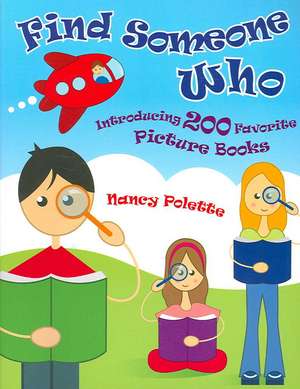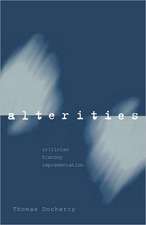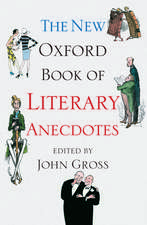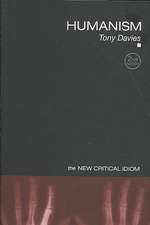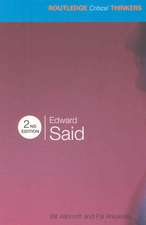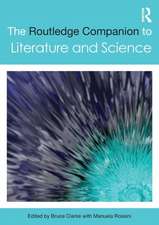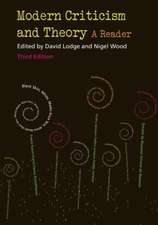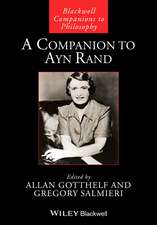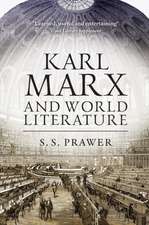Find Someone Who: Introducing 200 Favorite Picture Books
Autor Nancy J. Poletteen Limba Engleză Paperback – 29 oct 2006 – vârsta până la 17 ani
Preț: 203.28 lei
Preț vechi: 260.84 lei
-22% Nou
Puncte Express: 305
Preț estimativ în valută:
38.90€ • 40.13$ • 32.46£
38.90€ • 40.13$ • 32.46£
Carte tipărită la comandă
Livrare economică 26 martie-09 aprilie
Preluare comenzi: 021 569.72.76
Specificații
ISBN-13: 9781591584650
ISBN-10: 1591584655
Pagini: 220
Dimensiuni: 216 x 279 x 14 mm
Greutate: 0.62 kg
Editura: Bloomsbury Publishing
Colecția Libraries Unlimited
Locul publicării:New York, United States
ISBN-10: 1591584655
Pagini: 220
Dimensiuni: 216 x 279 x 14 mm
Greutate: 0.62 kg
Editura: Bloomsbury Publishing
Colecția Libraries Unlimited
Locul publicării:New York, United States
Notă biografică
Nancy J. Polette is professor of education at Lindenwood University, St. Charles, MO, author of more than 100 professional books, and an in-demand speaker at state and national library, gifted, and reading conferences.
Recenzii
Capitalizing on a familiar party icebreaker game, Polette shows a new way to present well-known picture books to preschoolers and primary-grade students. A one-paragraph booktalk introduces the story and is followed by 10 questions based upon the characters or situations. Children are instructed to find someone in their group who can relate to a portion of the story. Using Don Freeman's Corduroy , for example, youngsters are asked to find someone who has lost a button or someone who has a teddy bear at home. Even though the questions are all on reproducible pages, nonreaders can participate by listening to the questions as they are read aloud. The titles are arranged alphabetically. The author, known for her expertise in picture-book activities, has selected popular titles, ranging from folktales to award winners, many of which should be readily available in libraries. The book will be useful for quick, spur-of-the-moment planning as well as for quality lesson plans in working with ESL groups.
By using the lists of questions found in this volume, librarians and teachers can help children relate to the characters and stories in some 200 picture books. Organized alphabetically by book title, the lists (containing ten questions each) are designed to be either read aloud or photocopied and distributed. Participants then circulate through the classroom and find someone who. (for example) has two sisters or has been a new student in school.
Encouraging children to see similarities between themselves and the book and amongst themselves, this work is of use to anyone working with an audience from nursery school through high school. Teachers will also appreciate the content of the work, while older students will benefit from the use of these exercises as an introduction to literary concepts.
By using the lists of questions found in this volume, librarians and teachers can help children relate to the characters and stories in some 200 picture books. Organized alphabetically by book title, the lists (containing ten questions each) are designed to be either read aloud or photocopied and distributed. Participants then circulate through the classroom and find someone who. (for example) has two sisters or has been a new student in school.
Encouraging children to see similarities between themselves and the book and amongst themselves, this work is of use to anyone working with an audience from nursery school through high school. Teachers will also appreciate the content of the work, while older students will benefit from the use of these exercises as an introduction to literary concepts.
